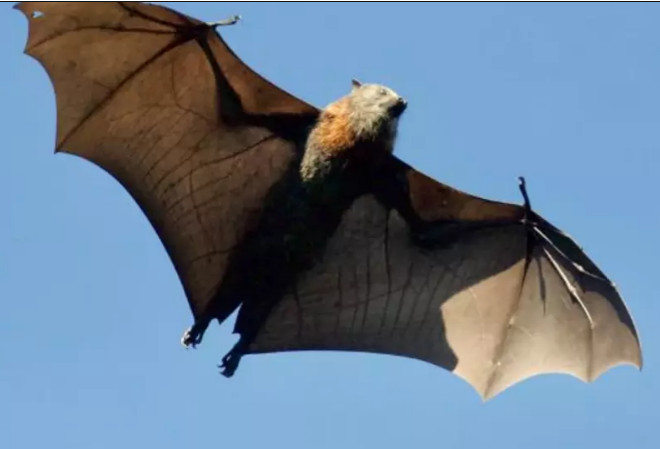
🦠 Rabies Awareness: Protecting Pets and Humans in Wyoming
🌞 With warmer weather approaching, the Wyoming Department of Health (WDH) is urging residents to be vigilant about the threat of rabies from wild animals. As animals become more active, the risk of encountering rabid creatures increases, making it crucial to take preventative measures to safeguard both pets and humans.
🦇 Rabies in Wyoming: A Growing Concern
🐾 Common Rabies Carriers
In Wyoming, bats are particularly prone to carrying rabies, but skunks are also notable carriers. Dr. Emily Curren, the state public health veterinarian with the WDH, emphasizes that while many pet owners diligently protect their pets from rabies, they often overlook the potential threat posed by other wild animals. “Rabies can infect any mammal, including humans,” Curren reminds us.
📈 Recent Rabies Cases
So far this year, there have been seven confirmed rabies cases in skunks in Sheridan County alone. In 2023, Wyoming saw a total of 19 confirmed rabies cases, with 13 involving bats. These numbers highlight the ongoing risk and the importance of staying informed and prepared.
🤕 Understanding Rabies Transmission
🩺 How Rabies Spreads
Rabies can be transmitted to both humans and animals through scratches or bites from an infected animal. Unlike some other diseases, rabies cannot be contracted through handling an animal or through exposure to its blood, urine, or feces. This makes it all the more important to recognize the signs of infection and to take immediate action if exposure is suspected.
💉 Preventing Rabies in Pets
Pets can be immunized against rabies, which is a crucial step in protecting them from this fatal disease. Ensuring that pets’ vaccinations are up-to-date can significantly reduce the risk of rabies transmission.
🚨 Rabies: Fatal but Preventable
🛡️ Immediate Actions After Exposure
Dr. Curren emphasizes that while rabies is invariably fatal if untreated, it is also entirely preventable with prompt action. “Anyone with potential exposure to a rabid animal should wash the wound thoroughly with warm water and soap, and seek medical advice about the need for rabies post-exposure prophylaxis (PEP) treatment,” she advises.
📝 Rabies Prevention Tips
To help prevent rabies, the WDH offers the following recommendations:
🚫 Avoiding Wild Animals
🌳 Don’t touch or feed wild or stray animals. Interacting with these animals increases the risk of exposure to rabies.
🧼 Proper Wound Care
🩹 Treat animal bites with soap and water and contact a medical professional immediately. Prompt cleaning of wounds can help prevent infection.
🛏️ Handling Bats
🦇 People waking to find a bat in their room or a child’s room should contact a medical professional immediately. Bats are common carriers of rabies, and any close encounter warrants professional advice.
💉 Vaccinations for Pets
🐶 Vaccinate dogs, cats, ferrets, horses, and other selected livestock for rabies and keep vaccinations up-to-date. Regular vaccinations are essential in preventing the spread of rabies among pets and livestock.
🌟 Conclusion
Rabies remains a significant threat in Wyoming, especially as wild animals become more active with the change in seasons. By staying informed and taking proactive steps, such as vaccinating pets and avoiding contact with wild animals, residents can help protect themselves and their beloved pets from this deadly disease. The WDH’s ongoing efforts and public awareness campaigns are vital in ensuring the safety and health of both humans and animals in the region.


















